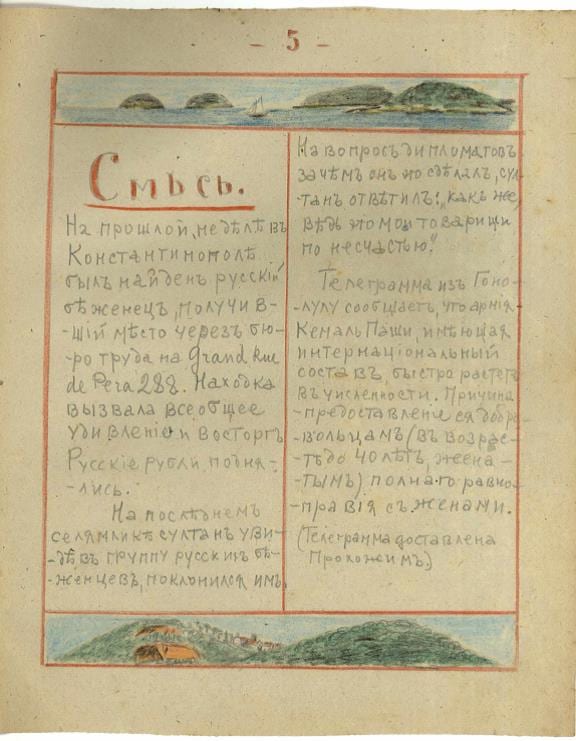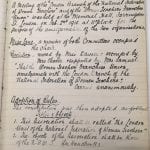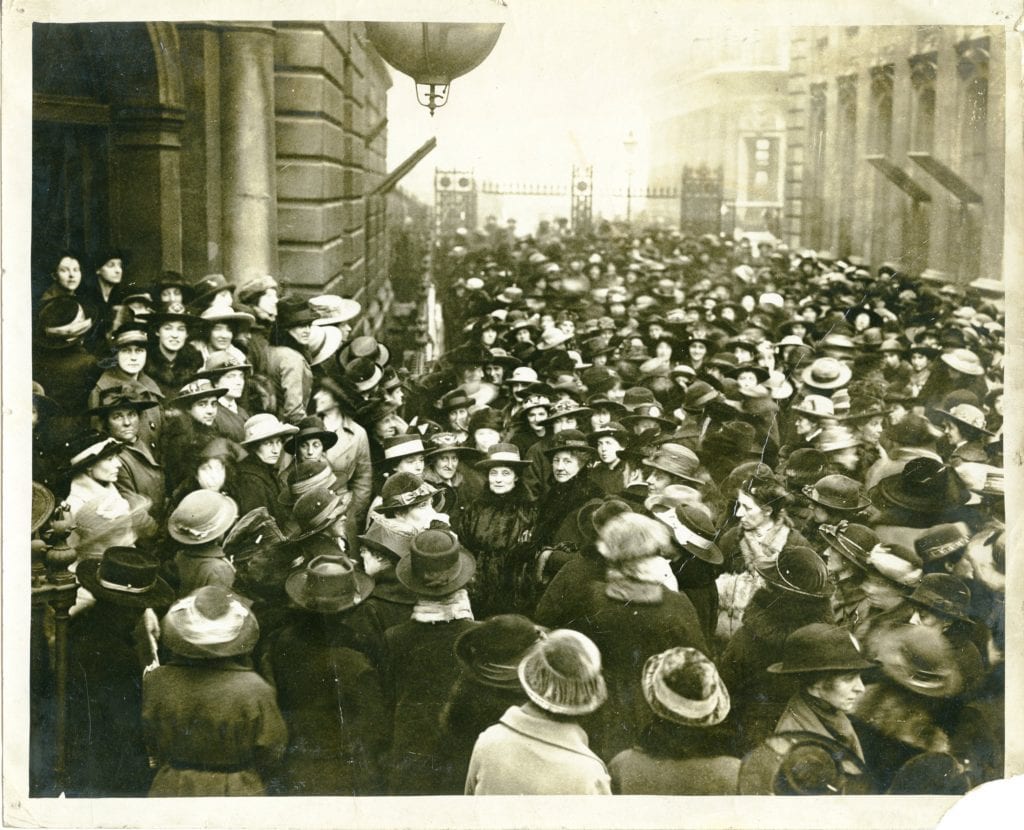Students Duke and Eric Reflect on their BA Education Studies Placement with the Outreach Team
By Vicky A Price, on 23 March 2022
We have been fortunate to host two students on a 50 hour placement from the IOE’s BA in Education Studies, and as their time comes to a close with us, they have written a blog to share their experiences. Both students spent time learning about the Special Collections department before immersing themselves in the delivery of an Outreach project at UCL Academy – an after school club called Illustrate! which explores the use of illustration in our collection of rare books, archives and manuscripts.
Eric Xu
As part of the IOE’s Education Studies Placement Module, my course mate Duke and I have been working with Vicky Price as part of UCL Special Collections’ outreach team on the after-school workshop: Illustrate. I had a keen interest not only in working with students in a visual art focused workshop, but also in the collection itself after seeing items from the Orwell Collection around UCL’s campus. Our placement began in early January when we met with Vicky for the first time online. As the weeks went by, Duke and I had the pleasure of becoming acquainted with the people and places of Special collections, and learning about the processes of archiving, cataloguing, digitisation and of course the outreach of the collection.
Our work on Illustrate began promptly in the first weeks, reviewing the past workshop deliveries, and taking inspiration from curated catalogues of the collection. Trying to come up with original ideas of how to integrate collection items into fun and fruitful activities for the students was definitely a challenge, but Duke and I were able to come up with and produce resources for sessions which we were keen to deliver ourselves. Creating these lesson plans and resources was a much more multifaceted task than I had anticipated, the considerations of how students react to your information and questions greatly influences and informs the direction of the class, and having Vicky help us with leading the direction of these disseminations was very helpful and eye-opening. Similarly with the resources and activities, I found that oftentimes I had to give the activity a go myself to determine the difficulty and viability of it for the class, which meant a lot of the times that I had to adjust or even change the resource entirely. Ultimately, the final product of the workshops we delivered were much different and more refined than the initial plans that Duke and I had drawn up.
Working with the students at UCL Academy was also an experience that has reshaped my perspective on professionalism in schools. There were many hurdles we had to hop, both expected and unexpected, including uncertainty with the number of students coming into the workshop. The students that did consistently come every week were lovely to work with, not only were they respectful and interested to learn, but they were also amazing at drawing. Trying to keep every student up to pace with one another and engaging all of them in the content was another struggle that Duke and I faced, and we realised that sometimes it’s impossible to have everyone interested or fully committed in participating, but again with Vicky’s assistance, the workshops still ran successfully.
Overall, the experience for me was an amazing and insightful experience into the organisational operation of UCL Special Collections, the preparation of workshops and resources as well as the teaching of students. I would highly recommend anyone interested to get involved, and I’m very grateful to have worked with Vicky and UCL Special Collections as part of my placement.

Drawing activity designed by Eric and Duke based on the sketch from the Penrose Papers (below).

A sketch of a ‘continuous staircase’, much like the work of Escher, taken from the Penrose Papers at UCL Special Collections.
Duke Li
This term, the placement module from BA Education Studies offered us an opportunity to be involved in the outreach team of UCL Special Collections and the project “Illustrate”. To be specific, the aim of the project was to give the knowledge of special collections items to an audience with a non-academic background. It was really great to bring out activities to the after-school club and have interactions with students on the topic of special collections.
Our experiences started with the introduction of the UCL Special Collections team. Before that, I didn’t know that the UCL Special Collection team involved so many departments. For instance, we took several visits to the UCL Science Library and “hidden rooms” in the IOE building in order to see parts of the collection. It is always exciting to see those rare collection items – archives, rare books, and manuscripts – especially in a storage space that adds a mystery to it. As the placement went by, we got to know how to search items in the Special Collections catalogue, learn about the digitalization of the special collections items, and the process of getting access to items in the reading room. We also had a chance to take a look at an exhibition of the collection. From my perspective, those activities helped me to get a better idea of how the UCL Special Collections team work and cooperates with each other, and the experiences that I got turned out to be helpful when conducting the “Illustrate” project in the later weeks.
As well as intaking this knowledge, we also managed to bring out two sessions to the students on topics related to the collection items. The “Illustrate” project was an after-school class for the students, but the participants all engaged and learned from the discussion and the drawing activities in their own ways. Most of them were really active and willing to interact with us. It’s really delightful when giving out sessions and making students involved in the class. Though the teaching experience was wonderful, we do have several aspects to reflect on.
1. The teaching experiences
In the first session, we designed the whole activity on the work of Escher and his impossible world. We also set questions to ask the students. However, since we didn’t notice the difficulty and the linkage between questions, some of the students may have felt it hard to follow these ideas. From this, we concluded that the questions should be more carefully designed to express less in-depth, but easy-to-follow ideas, or else the knowledge of the collection items can not be promoted. Luckily, the final outcomes of the drawing activities turned out to be a big success, due to the creativity of the students. They have their own designs and thoughts.
2. The external factors
We also encounter some problems with the project as a whole. Since the project was an afterschool class in the school, schools may pay less attention to our project than the school’s wider teaching and learning activity. This may be the reason that most of the time, we did not have a lot of participants for our sessions. Also, we experienced once that the school was closed due to a problem with their water supply, but we only find out that when we arrived there, so these factors may have affected the teaching quality as well as the experience of teaching and learning.
To conclude, the whole placement experience is really great, we got the chance to know the UCL Special Collection team and how a team like this operates. The teaching experience with students was always nice since they were all really engaged. Also, we were really interested by the idea of the outreach team’s work when we were trying to make linkage between the non-academic audience and the special collection items that deserve to be noticed by more people. It was a really nice experience and I learned and reflected a lot.
 Close
Close





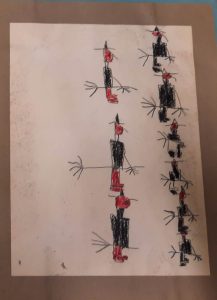





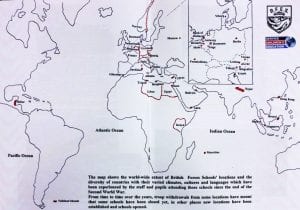
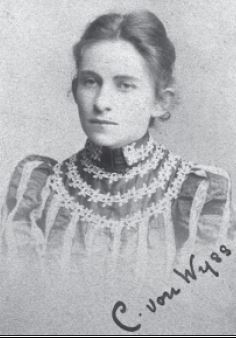


 The stories include ‘Battle of Frogs and Mice’, a short animal epic ascribed to Homer in the ancient world and ‘The Three Caskets’ which was used in Shakespeare’s Merchant of Venice. The book also contains a couple of firsts: the first appearance of a Norwegian folk tale ‘The History of Asim and Asgard’ and the first publication of Scott’s poem ‘The Bonnets of Bonny Dundee’ (Hahn, 2015, p. 127). In addition, there are writings by the prolific author of adult and children’s stories Maria Edgeworth (1768 – 1849) who also wrote the well-known education treatise
The stories include ‘Battle of Frogs and Mice’, a short animal epic ascribed to Homer in the ancient world and ‘The Three Caskets’ which was used in Shakespeare’s Merchant of Venice. The book also contains a couple of firsts: the first appearance of a Norwegian folk tale ‘The History of Asim and Asgard’ and the first publication of Scott’s poem ‘The Bonnets of Bonny Dundee’ (Hahn, 2015, p. 127). In addition, there are writings by the prolific author of adult and children’s stories Maria Edgeworth (1768 – 1849) who also wrote the well-known education treatise 

